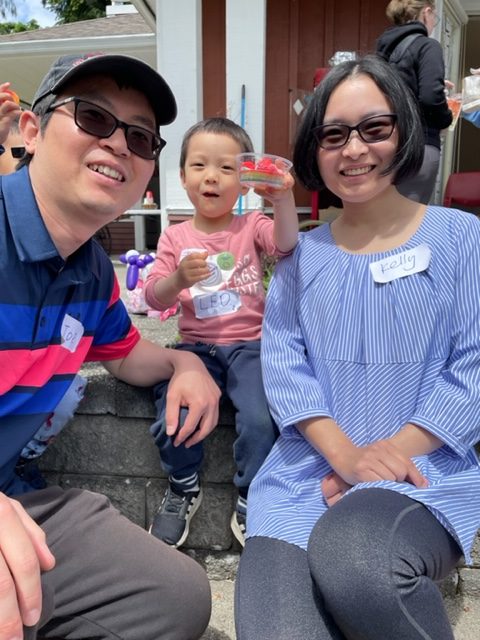By Eyra Abraham

My parents discovered I began to lose hearing when I was about three years old. The hearing loss was unexplainable, but it changed my life’s course. I was the only child with hearing loss within many generations of my family. Even though we never found out the cause, it was a situation that we had to accept.
Despite the common challenges that occur when one is hard of hearing, like any challenges in life this experience has truly made me a better person.
The world is full of sounds like fire alarms and door knocks, but people often forget that not everyone has the same access to these sounds. And that’s what happened to me. I slept through a late-night fire drill in a condo building in Nova Scotia. The alarm came from the hallway, not the built-in smoke detector found in my unit. The people who left the building got accounted for, but I wasn’t.
I only learned about the fire drill when, a few days later, I was checking my mailbox. There was a memo from the property management company explaining that a fire drill had taken place and that tenants’ safety needed to be taken seriously.
This event was very unsettling and helped me to realize that my hearing access might put me in a position where I couldn’t respond or could be hurt. I wanted to bring back a sense of control and not let my hearing loss define me, so I took this on as a challenge.
As a result of my experience, I founded a tech startup company called Lisnen about six years ago. My company supports people with hearing loss with products like the Lisnen App. The App helps people who are hard of hearing use their smart devices to be aware of their surroundings, especially when not wearing their cochlear implants or hearing aids. We leverage the smartphone microphone’s audio and artificial intelligence algorithm to help predict sounds that are heard nearby. We also provide content for the community on shared experiences to help guide people in dealing with their everyday experiences with hearing loss.
Since launching, I’ve attracted several business partnerships and pitched investors to build the technology. I have been featured in the media including the Globe and Mail, TV Ontario, CBC and Global News. I often speak on stage at tech events and private events internationally. I’ve been asked to sit on boards and committees both in the US and Canada, advocating for the rights of people with disabilities. As a visionary, I speak on AI and its impact on people with disabilities. Hundreds of people have heard my mission and vision for the future and I have inspired others with my words. One would never have thought that the young me who tirelessly attended speech therapy sessions at a young age would find this handy later in life.
My courage to do the work and achieve success came from years of preparation. Looking back at my early years, I can identify two important things which impacted my life. I hope these will serve as wisdom for any parent of a child with hearing loss.
Always show up in ANY room.
My parents knew that character is developed by trying and learning new things. So they made sacrifices to put me into as many different programs and activities as they could get their hands on. I signed up for swimming, gymnastics and ballet after school and on weekends. The summer library reading club and computer class were during the school break. I attended piano lessons and music theory classes for 10 years to reach the Royal Conservatory of Music Grade 8 level. I was two years shy of completing my classical training when I left to focus on university.
I still showed up in rooms where people might question how I could hear in these situations and follow along. Often, things were not very accessible to me. However, I showed up more to learn and adapt to various environments. It was about something other than learning to be a better swimmer or dancer – it was developing tools in my toolbox to manage my hearing loss.
Find your community
There was a period during my junior year when I was struggling with school. I was sent to join another school in another town and was assigned to a small class with other hard of hearing students. It gave me the boost of confidence not to let setbacks define me. It was refreshing to see people similar to me. Up until that point, I had always felt different from others. Being around people like me gave me a sense of belonging. Connections with others going through similar situations can really change your perspective.
Recently, I’ve spoken to many people with hearing loss who have succeeded, including inventors, executives of major companies, athletes and politicians. We typically connect like a magnet when we discover our commonality with hearing loss. We want to be respected for our unique and shared experiences. Also, just being around them, I saw what’s attainable. What you see is what you perceive as possible for yourself.
Looking back, I can’t take all the credit for my success. Many people, including my parents and older sisters, have encouraged me every step of the way.
Life is a journey, I’ve learned. So focus on your child showing up to places and trying new things to help develop new tools and experiences to adapt to various environments. Also, pause to find a community of like-minded people for your children and yourself who can help you along the way. That’s where I found opportunities to thrive.












